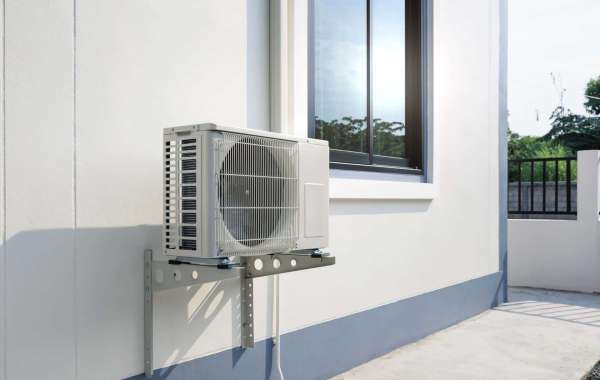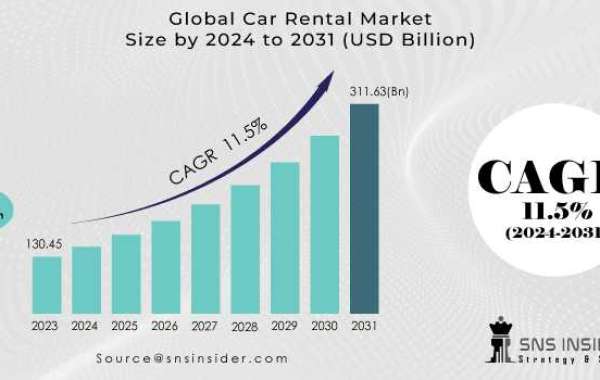Upgrading your air conditioning system can feel overwhelming — especially when you consider the cost. In 2025, the AC replacement cost can vary greatly depending on the type of system, its efficiency, and the complexity of the installation.
Why You May Need to Replace Your Air Conditioner
Most air conditioning systems aren't built to last forever. Over time, they lose efficiency, require more repairs, and can become a financial burden. Here are some of the top reasons homeowners opt to replace their AC units:
Age of the System: Most units last between 10 to 15 years. If yours is at the end of its lifespan, a replacement may be more economical than frequent repairs.
Outdated Refrigerant: If your system uses R-22 (Freon), it’s likely time for an upgrade. This refrigerant is no longer produced due to environmental regulations, making maintenance expensive.
Rising Energy Bills: Older systems are less energy-efficient, causing monthly utility costs to increase.
Inconsistent Cooling: Uneven temperatures or constant cycling could indicate that your AC is no longer performing efficiently.
By replacing your air conditioner, you’ll not only improve home comfort but also reduce your long-term energy expenses.
What Determines AC Replacement Cost?
The total cost to replace an air conditioning system in 2025 can range widely — typically between $4,000 and $12,000. Let’s break down the main variables that affect that price.
1. Type of Air Conditioning System
Different systems come with different price tags. Your choice will largely influence your replacement cost:
Central AC Units: These are standard for whole-house cooling and usually cost between $4,000 to $8,500 installed.
Ductless Mini-Splits: These units don’t require ductwork, making them a smart choice for older homes or room additions. They range from $2,000 to $14,000, depending on the number of zones.
Window Units: Best for small areas or individual rooms, they cost $150 to $1,000 but aren’t suitable for cooling an entire house.
Portable AC Units: Easy to move and install, these range from $200 to $800, but they’re the least efficient long-term option.
Smart AC Systems: These offer remote control and automation via mobile apps. Prices vary depending on type and brand but are increasingly popular.
2. Unit Size and Cooling Capacity
Air conditioners are sized based on “tons,” which reflect their cooling power. The right size depends on your home's square footage and layout:
1.5–2 tons: Ideal for small homes or condos (up to 1,200 sq. ft.)
2.5–3.5 tons: Best for mid-sized homes (1,300 to 2,000 sq. ft.)
4–5 tons: Required for larger or multi-story homes (2,100+ sq. ft.)
Choosing the correct size is essential — an undersized unit won’t cool effectively, while an oversized one will cycle too quickly, wasting energy.
3. SEER Rating (Efficiency)
SEER stands for Seasonal Energy Efficiency Ratio, a key factor in energy usage and monthly utility bills. In 2025, the U.S. Department of Energy’s new SEER2 regulations mean all new units must meet stricter standards.
SEER 14–15: Entry-level efficiency
SEER 16–20: Mid- to high-efficiency, suitable for most homes
SEER 21+: Premium efficiency — highest upfront cost but best for energy savings
Though higher-SEER systems increase the initial AC replacement cost, they can save you hundreds annually in electricity bills.
4. Labor and Installation
Installation costs vary based on how complex the job is and whether your home needs upgrades:
Basic Installations: $3,000 to $5,000
Installations With New Ductwork: Add $1,500 to $5,000
Electrical Upgrades or Permits: May add another $500 to $2,000
Labor also varies based on your region — urban and high-demand areas often charge more.
5. AC Brand and Warranty
The brand of AC you choose can influence the cost significantly. Premium brands like Carrier, Trane, and Lennox offer high-efficiency options and longer warranties but come with higher price tags. Value brands like Goodman and Rheem are more budget-friendly but may have shorter warranties or fewer features.
Most brands now offer warranties ranging from 5 to 10 years on parts. Some also offer extended labor warranties.
6. Geographic Location
Where you live can play a big role in what you’ll pay for AC replacement:
Hotter Climates: You may need higher-capacity or more durable systems.
Cost of Living: Higher labor costs in large metro areas can drive up prices.
Local Regulations: Cities or counties may require permits or specific systems to comply with energy codes.
What’s New in 2025?
As technology and regulations evolve, homeowners replacing their AC systems in 2025 are seeing a few key changes:
Updated SEER2 Requirements
The Department of Energy introduced SEER2 to replace the older SEER rating, making systems more energy-efficient nationwide. While this has raised upfront costs, it ensures better long-term performance and savings.
Environmentally Safer Refrigerants
With the phase-out of R-410A refrigerant underway, many systems now use R-454B or other low-GWP refrigerants. These are more eco-friendly and meet new federal guidelines.
Smart Controls and Automation
Modern AC systems are increasingly compatible with smart home technology, giving you control through smartphone apps, voice assistants, or scheduling. These features can reduce energy waste and increase convenience.
How to Save Money on AC Replacement
If the cost of a new AC seems high, don’t worry — there are ways to reduce your expenses without cutting corners.
1. Get Multiple Estimates
Always get quotes from at least three licensed HVAC contractors. This helps you compare pricing, services, and warranties.
2. Take Advantage of Rebates and Incentives
Federal, state, and local programs may offer rebates or tax credits for installing high-efficiency AC systems. Check with your utility company or visit EnergyStar.gov to find current offers.
3. Schedule During Off-Peak Seasons
Spring and fall are ideal times to schedule your installation. HVAC companies are less busy and may offer better rates during these months.
4. Consider Financing
If the upfront cost is too steep, many HVAC companies provide financing options that let you pay over time with little or no interest.
5. Keep Up With Maintenance
Routine maintenance can help extend the life of your new AC system, ensuring it runs efficiently for years to come and reducing the likelihood of early replacement.
Final Thoughts
Replacing your air conditioner in 2025 is a major home upgrade, but understanding the AC replacement cost and what impacts it can help you plan smartly. Whether you're choosing a new high-efficiency system or upgrading from an outdated model, the investment pays off through improved comfort and lower energy bills.
Take time to explore your options, get professional recommendations, and don’t hesitate to ask questions before making a final decision.
Looking for AC Replacement in Wauconda, IL?
If you're located in Wauconda or the surrounding Northern Chicago suburbs and need an air conditioning replacement, Gleason Heating and Cooling is your trusted local expert. We offer top-rated installation, repair, and maintenance services for AC systems of all kinds.
Whether you're upgrading your central air or exploring ductless solutions, our licensed team provides same-day service, transparent pricing, and a satisfaction guarantee. Call today for a free estimate and let us help you make your home more comfortable year-round.






